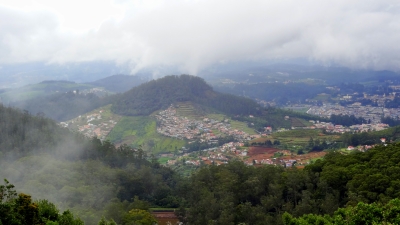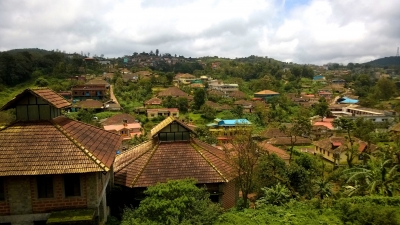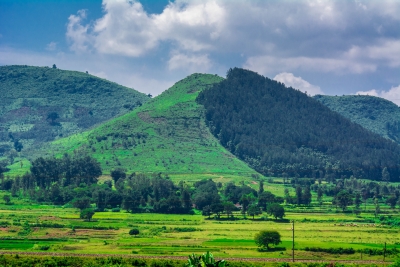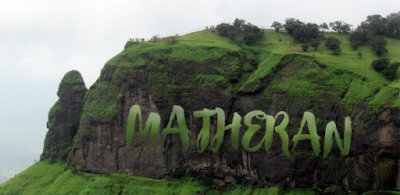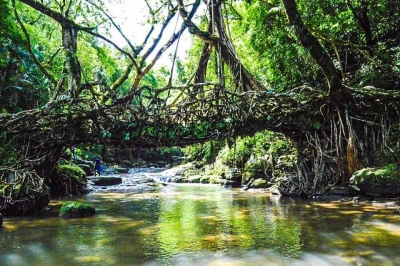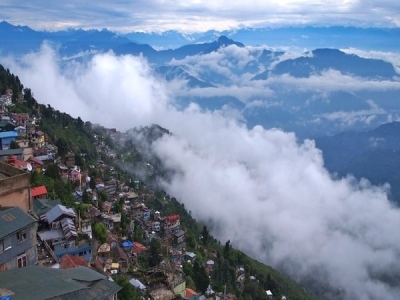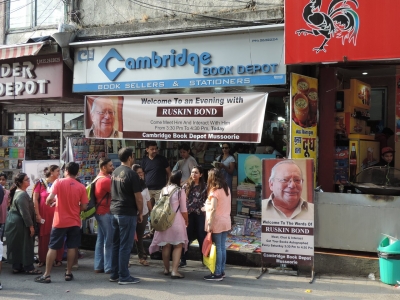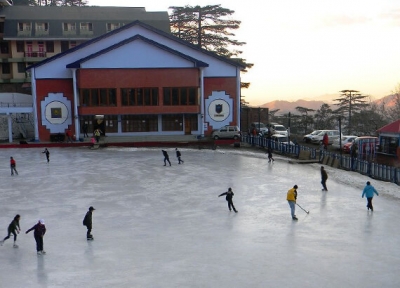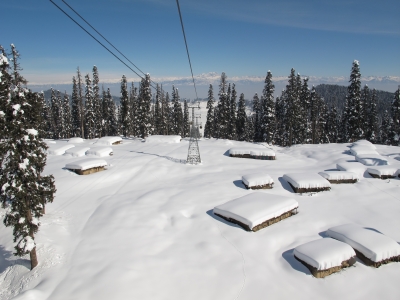Which hill station is close to Eravikulam National Park, which houses the endangered Nilgiri tahr?
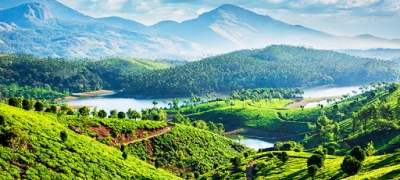
The Eravikulam National Park, spread over 97 sq km, is a green paradise which is home to rare flora, fauna and wildlife. However, the biggest attraction of the park is Nilgiri Tahr (Nilgiritragus hylocrius), an endangered species of mountain goat. Around one-third of the world’s population of this species lives in this park. Neelakurinji, the plant which flowers once in twelve years, grows in abundance here making the park a must-visit place during the kurinji flowering season. Anamudi, the highest peak in South India, is situated in the park. The Eravikulam National Park is around 13 km away from Munnar town.
The Nilgiri tahr is a congener of the Himalayan tahr (Hemitragus jemlahicus), found in Kashmir and Bhutan and the Arabian tahr (Arabitragus jayakari), found in Oman and United Arab Emirates. The Nilgiri tahr is one of the few species of mountain Caprinae, and the only Tahr, which is adapted to a cold and wet tropical environment. The species is diurnal, but are most active grazing in the early morning and late afternoon.
The Nilgiri tahr inhabits the open montane grassland habitat of the South Western Ghats montane rain forests ecoregion. At elevations from 1,200 to 2,600 m (3,900 to 8,500 ft), the forests open into large grasslands interspersed with pockets of stunted forests, locally known as sholas. These grassland habitats are surrounded by dense forests at the lower elevations. The Nilgiri tahrs formerly ranged over these grasslands in large herds, but hunting and poaching in the 19th century reduced their population.
Picture Credit : Google
